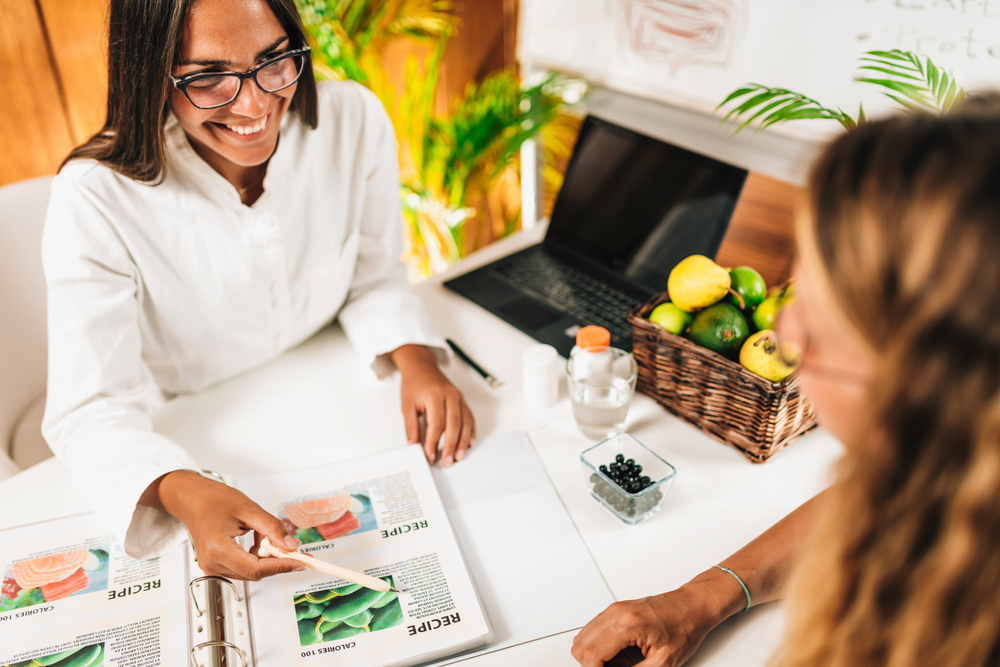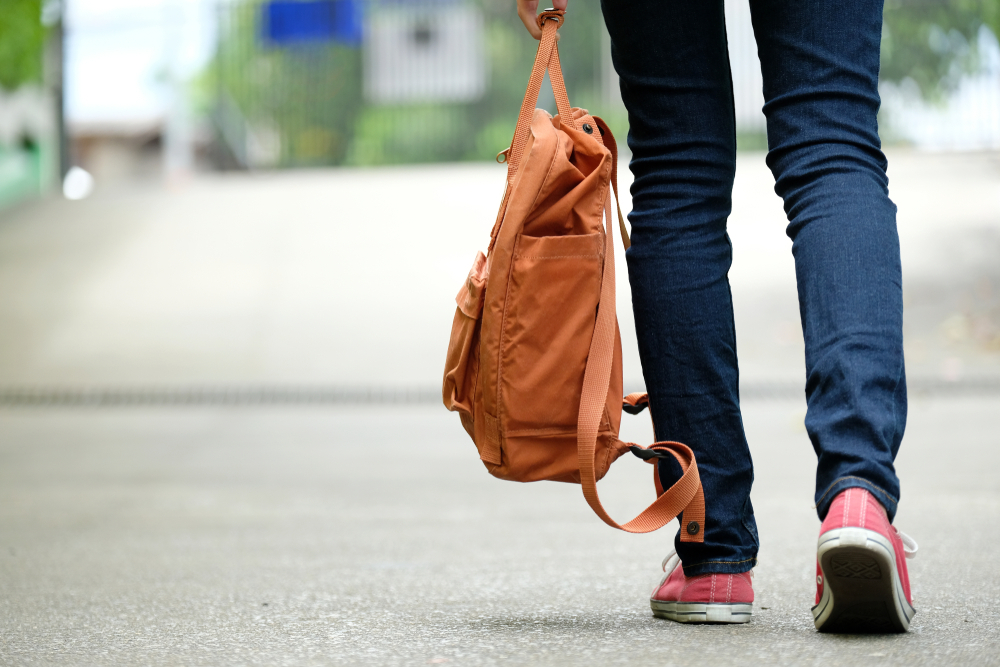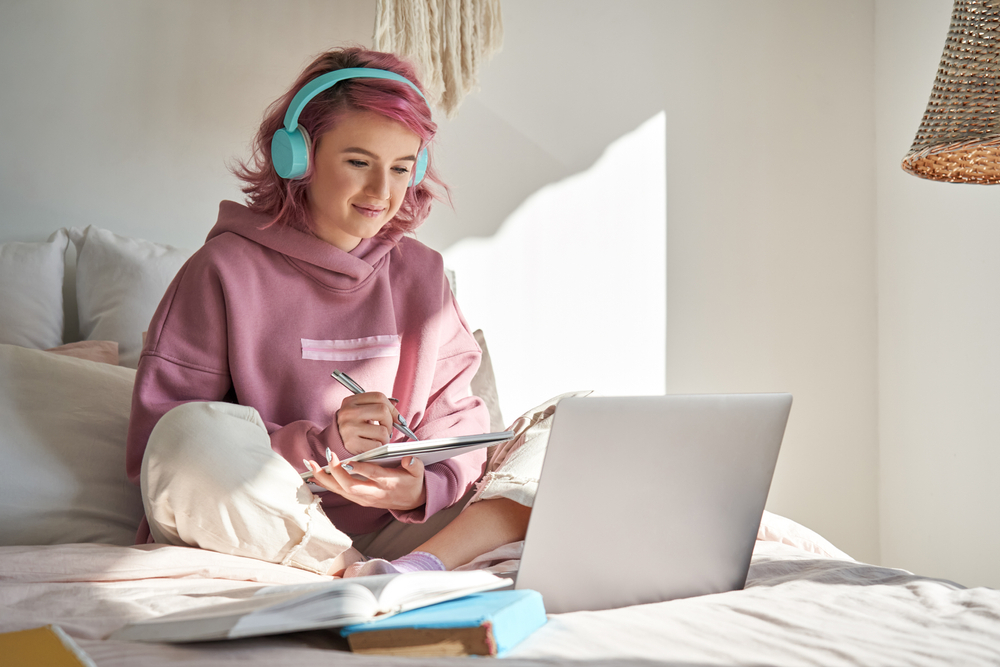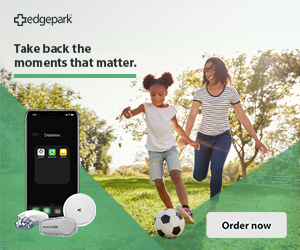6 tips for conquering diabetes and anxiety during COVID-19
The novel coronavirus has disrupted many patterns of daily life — relationships, health, work-life balance, and more. Uncertainty about the effects of coronavirus on Type 1 diabetes (T1D) can cause anxiety around managing it. Emotions may be up one day, and down the next.
With the COVID-19 pandemic, a simple sneeze or cough may have you reaching for the thermometer, wondering if you're sick. And daydreams about life before the pandemic may hinder your motivation to maintain positive health habits.
While anxiety can raise your heartbeat and make you sweat, sometimes, feelings of panic or worry can also have positive effects. Feeling anxious can be a motivator for trying new activities and strategies to build confidence! One path forward is to identify your fears, give power to the positive, and create an action plan. This can help you form new habits around approaching life with a positive attitude.
Identifying anxious feelings, noticing mental resistance, and making uncertainty your friend are tools to help manage anxiety. Consider these six tips to ease the stress surrounding managing T1D in a COVID-19 world.
1. Identify anxiety traps
Behaviors can correlate to feelings of anxiety and catastrophizing. One of the first steps to resolving anxious thoughts is to contrast thoughts and experiences.
Exaggerating difficulties is an example of catastrophizing. Let's say you become distracted from your routine of managing diet and blood sugar, and you wake up not feeling well. The first thought that might pop into your head is that a health issue (other than T1D) is the cause.
As you're feeling anxious, take a moment and pause. Think about your fears and uncertainties versus what you know to be true. For example, one anxious thought might be, "I've had crashes before and this is going to be a disaster." But as you pause and reflect, you can remind yourself, "I'm having a blood sugar crash. I know what to do — I've got this!"
2. Separate diabetes and anxiety
Thoughts of anxiety can lead to over-generalizing. You might think, "There are too many distractions. I'll never be able to get back on track with the daily routines that I worked so hard to establish." Because you regularly watch the news about COVID-19 hospitalizations and diabetes-associated health risks, you may be fortune-telling instead of fact-finding.
You may believe that you'll be diagnosed with COVID-19 and hospitalized. You may have missed the Centers for Disease Control and Prevention (CDC) reports confirming COVID-19 hospitalizations at a rate of 412.9 per 100,000 people age 65 and older, and 228.1 per 100,000 people aged 50-64 years.
Seeking out information from reliable sources such as the CDC can eliminate emotions stirred up by watching news reports that may not include all of the facts. It's also a great idea to take a break from the news and replace it with something positive that you enjoy watching, or something that brings calm.
3. Write off worry
The uncertainty of COVID-19 has escalated worry through all parts of life. Write down your worries and fears, and think about the aspects you can control.
Consider blocking 10 minutes in your schedule each day for "worry time." As worries come into your mind each day, create a list. During worry time, make a plan to address the concerns within your control. Focus on self-love and positive thoughts. Acknowledge and send away worry about situations that are beyond your control.
4. Find healthy coping strategies
Find healthy ways to manage your anxiety. Look for creative solutions, like immersing yourself in a new hobby you've always wanted to try — dancing, hiking, painting, and bicycling are all good options. It's also a good idea to exercise or spend time in nature each day.
Cognitive behavioral therapy is a proven option to reduce anxiety. Many therapists accept online appointments, and there are apps that offer steps to stabilize feelings. The Anxiety and Depression Association of America is a reliable resource that offers tips and an online support group.
5. Focus on the basics
What basic actions help you feel good? Worry can negatively affect health habits. Start at the beginning with your doctor. Schedule an appointment to talk about risks related to T1D and COVID-19. Implement safe hygiene practices like wearing a mask.
You can effectively manage diabetes and anxiety by setting priorities. Begin with your greatest concerns. Have you missed routine medical or dental care because of fears of going into medical offices during COVID-19? Is your diet supporting proper T1D management, as Mayo Clinic outlined? Are you exercising? What about getting enough sleep at night? Healthy habits can resolve diabetes and anxiety concerns.
6. Be productive and engaged
Build joy through accomplishment, and consistently engage in favorite hobbies. Spend time in nature to give your mind the gift of space and time from anxious thoughts. Practice self-care routines like meditation or massage. Try new strategies to prioritize well-being.
It's easy to predict what might happen based on past events; instead, think of the advice you would give to a friend in a similar situation. This strategy helps increase objectivity and reduce fear. It's human to experience fear, uncertainty, and doubt. Create go-to activities like completing a crossword puzzle or playing word games that refocus the brain on positive thoughts.
Interested in accessing more information about self-care products for diabetes management? Check out the articles and products featured on edgepark.com.




